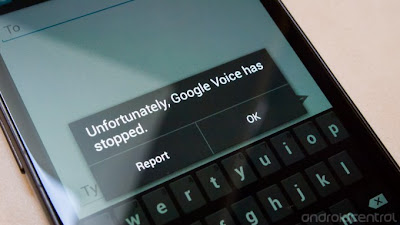We're hearing lots of rumblings about Google Voice issues with Android 4.2, starting with the early Nexus 4 review units that went out, but that could've been blamed on pre-release software. Well it seems that the final 4.2 software has the same bits that make the Google Voice app crash as well. Going to the Google Voice app, hitting the button to create a new message and attempting to add a recipient causes a complete force close of the app -- every single time.
Now, this is likely an issue in Google Voice itself, which if we had to choose would be the preferred place to find the error simply because it can be updated quickly in the Play Store. Its still unfortunate to see an update completely break one of Google's own first-party apps. Hopefully the fix is coming soon. In the meantime, if you're a heavy Google Voice user you may want to hold off on that 4.2 update for your Galaxy Nexus.
Source: Android central.com
Now, this is likely an issue in Google Voice itself, which if we had to choose would be the preferred place to find the error simply because it can be updated quickly in the Play Store. Its still unfortunate to see an update completely break one of Google's own first-party apps. Hopefully the fix is coming soon. In the meantime, if you're a heavy Google Voice user you may want to hold off on that 4.2 update for your Galaxy Nexus.
Source: Android central.com







